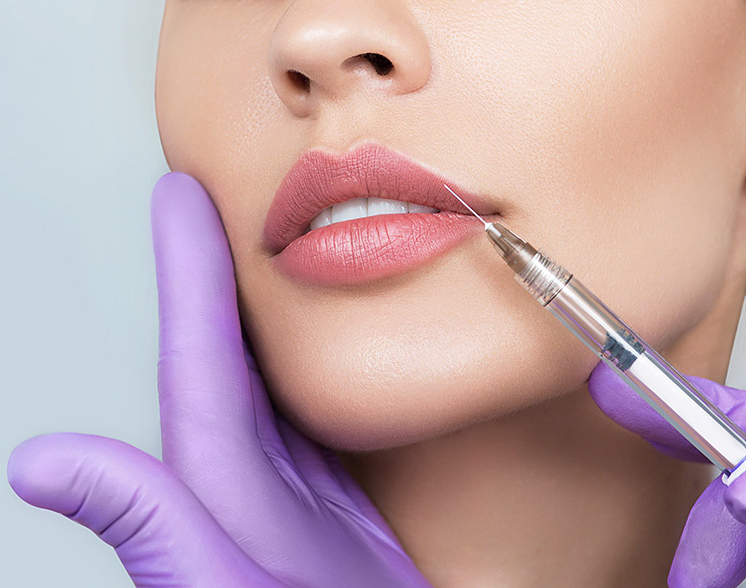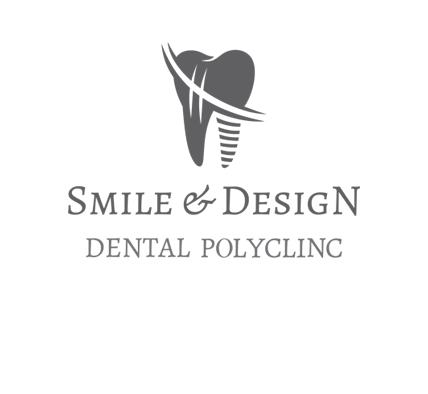Facial Aesthetics – Boost your beauty
If you’ve ever wished you could smooth those little worry lines across your forehead or the laugh lines around your mouth, you might have considered cosmetic injections or even surgery. It’s all part of the Facial Aesthetic treatment.
Before you think about going under the knife, it’s important to know that tried-and-true gold-standard injection options and newer dermal fillers can provide a natural, youthful effect — no surgery required.
What does Botox® do?
Botox®, or botulinum toxin A, prevents the flexing of muscles that cause wrinkling, like in your forehead and around your eyes and mouth.
Originally used in the facial aesthetics procedure, to treat muscular conditions, Botox is among the most well-known cosmetic injections. It’s a neurotoxin that affects the nerves, temporarily weakening the muscles that cause wrinkles and resulting in a temporary smoothing effect.
What is Botox used for?
It’s approved by the FDA for treating laugh lines, crow’s feet, forehead lines and the creases between the brows, sometimes called “11 lines.”
Anyone over 18 can receive these injections, but most people are 30 to 60 years old.
Although it can also be used as a preventive measure to delay some wrinkles from developing, it’s not a great idea. “I tend to discourage patients from using it for that,” Dr. Poblete says, “because when the lines aren’t there yet, it’s difficult to gauge its effectiveness.”
How long does it take for Botox to work?
“Getting Botox is a quick outpatient procedure performed with a fine needle” Dr. Poblete says. “You should see the full effect within three days to a week.”
How long does Botox last?
Think of Botox like a haircut: The effects don’t last forever, and in time, the effects wear off. After four to six months, your muscles will begin regaining movement, and your wrinkles will start returning. That’s the moment to do facial aesthetics again.
It’s safe to have Botox done multiple times.
What are dermal fillers?
“Aging is a deflationary process,” That means that as people get older, they tend to lose fat in their faces. Dermal fillers are used to help restore the look of fullness that’s common in youth.
Fillers are commonly used in the depressions around the corners of the mouth and cheekbones. One of the most popular uses of dermal fillers is lip fillers, which use synthetic hyaluronic acid to increase the volume of your lips.
How long do dermal fillers last?
“Most dermal fillers last anywhere from nine to 12 months, depending upon the patient and where we’re targeting the injections,” Dr. Poblete says. Juvederm Vollure® and Voluma® last closer to 15 to 18 months.
How are dermal fillers different from Botox?
In short, they treat different types of lines.
Botox prevents the flexing of muscles that cause wrinkling, while dermal fillers fill in the type of wrinkles that come from a loss of collagen, volume and elasticity. “The lines in the lower part of the face aren’t due to repeated muscle movement,” “They come from a change in facial structure over time.”
Because they focus on different parts of your face, it’s possible to get both Botox and dermal fillers, or to get more than one type of filler.
“Usually it’s best to get a combination of different fillers to get optimal correction,” . “Together, Botox and dermal fillers can work together to rejuvenate the face.”

Facial Aesthetics SERVICES
- Dermal Fillers
- Botox













